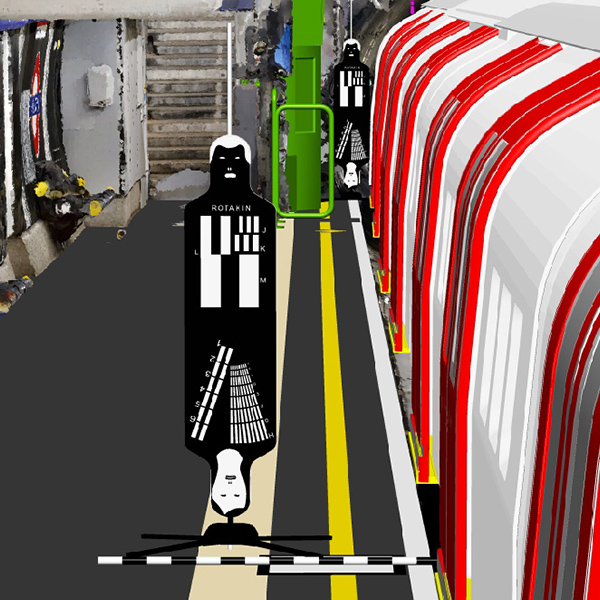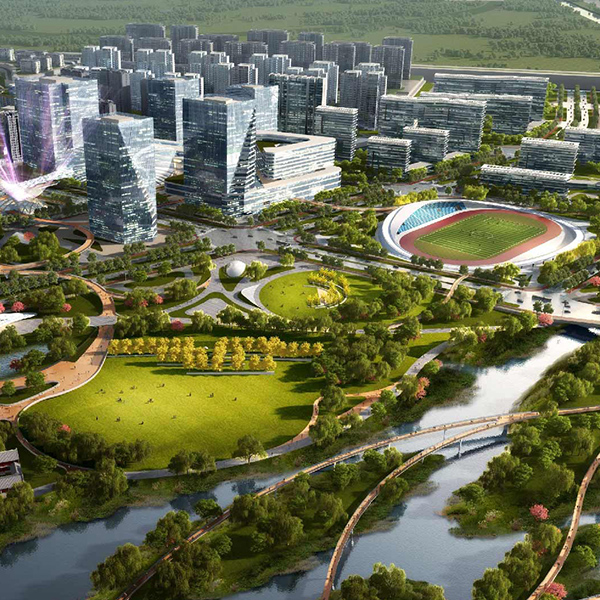TREND
Public and Active Transportation Modes
Transportation can impact the environment and human health. Public and active transportation offer sustainable and just alternatives. Mobility simulation software supports planners in creating livable and inclusive cities.
2023 TREND
Public and Active Transportation Modes
Greenhouse Gas Emissions and Atmospheric Pollution from Various Transportation Modes Can Accelerate Climate Change and Pose a Threat to Human Health
The International Energy Agency reported that transportation caused 27% of all global greenhouse gas emissions in 2020. The sector is also responsible for 13 deaths per minute due to air pollution, according to the World Health Organization.
While the world is already making important steps in the switch to electric, low-emission, fuel-efficient vehicles, it is certain that cities cannot rely exclusively on individual cars – even if they are fully electrified – to future-proof their transportation systems. The supply chain for manufacturing electric vehicles (EVs) and their batteries faces complex challenges. The electrical grid still needs to be fully decarbonized. And cities are becoming more populated and more congested.
As a result, many cities are transforming themselves to create sustainable and just alternatives to cars, as well as adept 15-minute city principles. These cities are investing in public and active transportation options. They encourage people to walk, bike, and use public transportation whenever possible. They embolden urban planners to move toward multimodal transportation to create more sustainable, livable, and inclusive cities.
To accelerate results and reach these goals, mobility planners and departments of transportation are leveraging advanced digital software, such as mobility simulation, to generate what-if scenarios, facilitate more informed decisions, and produce better efficiency and effectiveness in these modes of transportation.
Greenhouse gas emissions and atmospheric pollution from various transportation modes can accelerate climate change and pose a threat to human health.
The International Energy Agency reported that transportation caused 27% of all global greenhouse gas emissions in 2020. The sector is also responsible for 13 deaths per minute due to air pollution, according to the World Health Organization.
While the world is already making important steps in the switch to electric, low-emission, fuel-efficient vehicles, it is certain that cities cannot rely exclusively on individual cars – even if they are fully electrified – to future-proof their transportation systems. The supply chain for manufacturing electric vehicles (EVs) and their batteries faces complex challenges. The electrical grid still needs to be fully decarbonized. And cities are becoming more populated and more congested.
As a result, many cities are transforming themselves to create sustainable and just alternatives to cars, as well as adept 15-minute city principles. These cities are investing in public and active transportation options. They encourage people to walk, bike, and use public transportation whenever possible. They embolden urban planners to move toward multimodal transportation to create more sustainable, livable, and inclusive cities.
To accelerate results and reach these goals, mobility planners and departments of transportation are leveraging advanced digital software, such as mobility simulation, to generate what-if scenarios, facilitate more informed decisions, and produce better efficiency and effectiveness in these modes of transportation.





